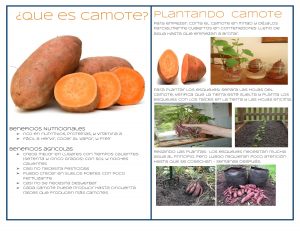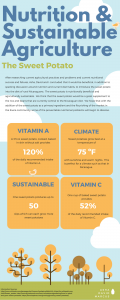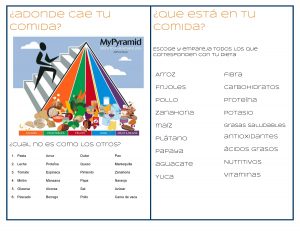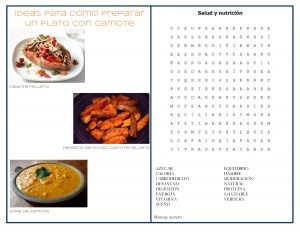Sustainability, Agriculture, and Nutrition
I teamed up with Asha Wills and Marcus Gresham for this project. Asha and I are on the Community Development Team, while Marcus is on the Community Health Team. Due to this, our project sought to find a common topic/link that related to both of these areas. This lead us to look into Sustainable Agriculture and Nutrition. During our initial talks about how we would tackle this project, we knew that ideally we would like to do something with the research we would conduct. And so we began looking at the typical diet and agricultural practices in Nicaragua to see if there were any areas we could see ourselves talking initiative to hopefully make a feasible difference in. Here is what we found:
The Nicaraguan diet consists mainly of rice, corn, and beans. Avocado, yuca, and fruits such as banana and papaya are also common. However, there is not much of a variation in ingredients that make up their meals. While these ingredients themselves are not really harmful, it is the lack of variety that leads to nutrition problems. This is because these staple ingredients are not able to give them all the necessary vitamins, proteins, and nutrients that are needed. This is particularly a problem in more rural areas such as Tadazna.
When looking into Nicaraguan agricultural practices we found that the main issue was that in order to survive individuals with land dedicate themselves to growing cash crops with intent to sell instead of crops to sustain themselves. The main cash crops that Nicaragua exports include coffee, rice, cotton, lumber, and tabaco just to name a few. This has a trickle down effect that ends in lack of nutritional options; this is because growing these crops is more of a priority (since they are more profitable) and thus farmers intentionally do not plant more variety and thus they have less food options for a well rounded diet.
What are project hoped to do was find a crop that could grow well in the Nicaraguan environment and provided tons of vitamins and nutrients that they were not getting from there staple dishes. After talking with some of the community leaders in Tadazna and some research on possible crops, we found that the sweet potato was a perfect match. It is a superfood because of the amount of vitamin a and vitamin c it provides; two things that their regular diets are lacking. It also caters to their needs as it grows underground and as a result doesn't require much protection from insects or weeding. Furthermore, a sweet potato produces slips that can be used to grow even more potatoes.
Unfortunately, as we raised funds for slips we realized that we would be not be able to purchase sweet potato slips until sometime next year. Because of this complication we have decided to go in a little bit of a different direction. Instead of sweet potatoes we will be purchasing squash seeds. Squash provides a lot of the same nutritional benefits that sweet potatoes do. While we will be switching our focus to squash, we still hope to begin conversations in which we encourage the cultivation of sweet potatoes, it is our hope that sometime in the future we will be able to obtain sweet potato slips.
Below you can find an interactive brochure designed to appeal to both children and parents. We hope it will also provide families with a good outlet to start conversations on the importance of a well rounded diet:

 (Click on any of these images to enlarge them)
(Click on any of these images to enlarge them)
Interactive Chart of Nicaraguan Exports: http://atlas.media.mit.edu/en/visualize/tree_map/hs92/export/nic/all/show/2014/


